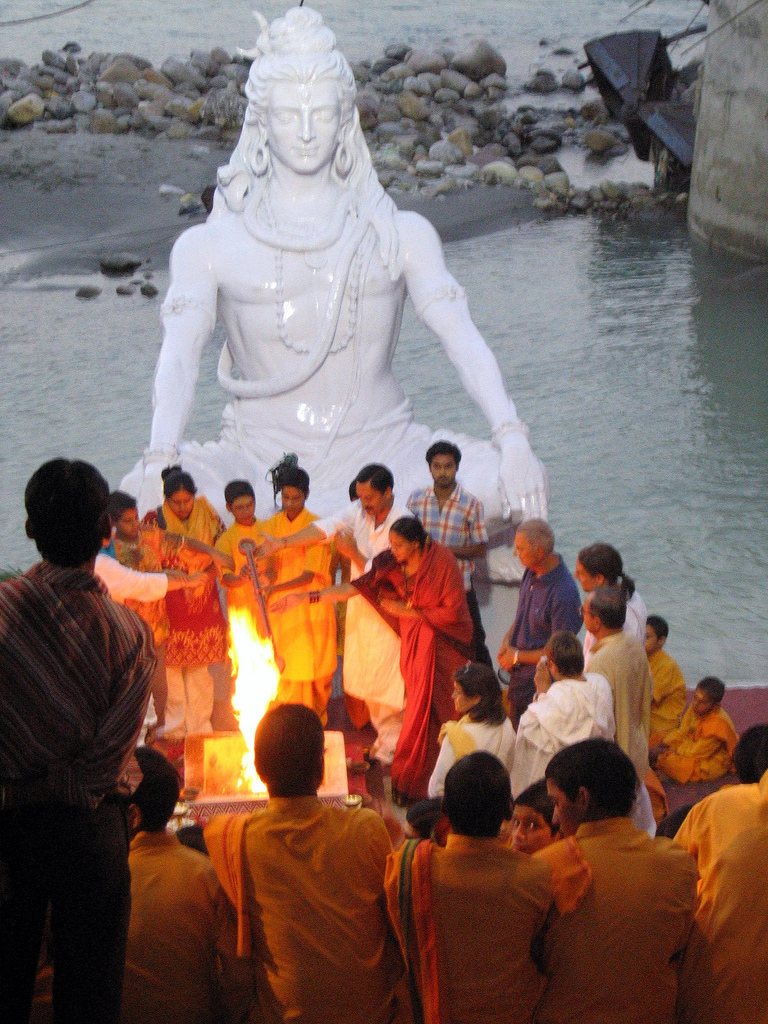|
Siddha Siddhanta
Siddha Siddhanta is one of the six main Shaivite philosophical traditions. It is also known as Gorakshanatha Saivism after its founding Guru Gorakhnath Gorakhnath (also known as Goraksanath, c. early 11th century) was a Hindu yogi, saint who was the influential founder of the Nath Hindu monastic movement in India He is considered one of the two notable disciples of Matsyendranath. His foll .... References Shaivism {{Hindu-philo-stub ... [...More Info...] [...Related Items...] OR: [Wikipedia] [Google] [Baidu] |
Shaivism
Shaivism (; sa, शैवसम्प्रदायः, Śaivasampradāyaḥ) is one of the major Hindu traditions, which worships Shiva as the Supreme Being. One of the largest Hindu denominations, it incorporates many sub-traditions ranging from devotional dualistic theism such as Shaiva Siddhanta to yoga-orientated monistic non-theism such as Kashmiri Shaivism.Ganesh Tagare (2002), The Pratyabhijñā Philosophy, Motilal Banarsidass, , pages 16–19 It considers both the Vedas and the Agama texts as important sources of theology.Mariasusai Dhavamony (1999), Hindu Spirituality, Gregorian University and Biblical Press, , pages 31–34 with footnotesMark Dyczkowski (1989), The Canon of the Śaivāgama, Motilal Banarsidass, , pages 43–44 Shaivism developed as an amalgam of pre-Vedic religions and traditions derived from the southern Tamil Shaiva Siddhanta traditions and philosophies, which were assimilated in the non-Vedic Shiva-tradition. In the process of Sanskriti ... [...More Info...] [...Related Items...] OR: [Wikipedia] [Google] [Baidu] |
Gorakhnath
Gorakhnath (also known as Goraksanath, c. early 11th century) was a Hindu yogi, saint who was the influential founder of the Nath Hindu monastic movement in India He is considered one of the two notable disciples of Matsyendranath. His followers, found all over India, are called yogis, ''Gorakhnathi'', ''Darshani'' or ''Kanphata''. He was one of nine saints also known as Navnath and is widely popular in Maharashtra, India. Hagiographies describe him as more than a human teacher and someone outside the laws of time who appeared on earth in different ages. Historians state Gorakhnath lived sometime during the first half of the 2nd millennium CE, but they disagree in which century. Estimates based on archaeology and text range from Briggs' 15th to 12th century to Grierson's estimate of the 14th century. Gorakhnath is considered a ''Maha-yogi'' (or great yogi) in the Hindu tradition. He did not emphasise a specific metaphysical theory or a particular Truth, but emphasised that ... [...More Info...] [...Related Items...] OR: [Wikipedia] [Google] [Baidu] |

_02.jpg)